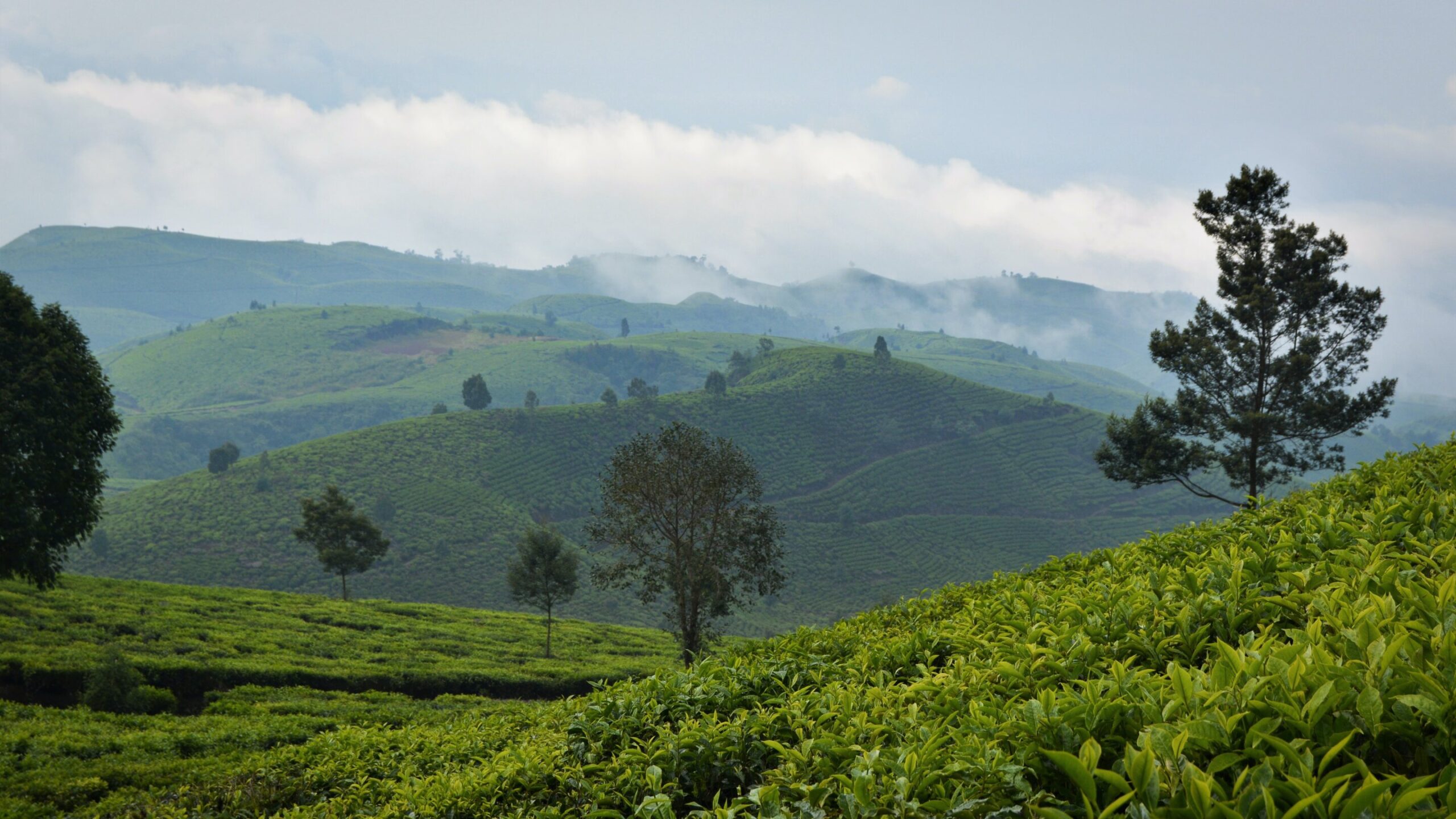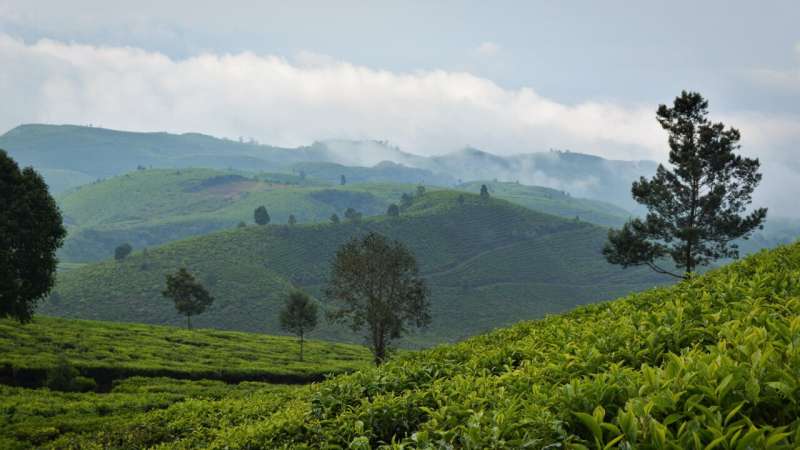

According to a study published in the Proceedings of the National Academy of Sciences, extensive land areas have been left sitting idle after tropical forests were cleared in Indonesia, a country renowned for its biodiverse rainforests and carbon-rich peatlands.
Since 1990, the country has lost 25% of its old-growth forest, and while over one-quarter (7.8 million hectares) of Indonesia’s deforested lands have been converted to palm oil plantations since 2020, an even larger area (8.8 million hectares, roughly the size of Maine), remain vacant.
The study, which focused on Indonesian deforestation trends from 1991 to 2020, also found that over half of Indonesia’s deforested lands were left idle for at least one year after forest clearing, and that 44% remained idle for at least five years.
“Old-growth tropical forests are an extremely valuable resource, both locally and globally,” said Diana Parker, a postdoctoral associate in the University of Maryland’s Department of Geographical Sciences and the lead author of the paper. “The fact that such a large area of old-growth forest has been cleared then left empty is surprising.”
To understand why so much idle land was being created, researchers first had to determine how the forests were cleared. During the 2015 El Niño event, forest and land fires in Indonesia created a major public health crisis both in Indonesia and in neighboring countries. Some researchers have speculated that forest fires such as those that occurred in 2015 are largely responsible for the extensive areas of idle non-forest land.
This study, however, found that fires resulting in tree cover loss accounted for less than half of all idle land clearing; 54% were cleared mechanically, either through manual clearing or using heavy machinery.
“Forest fires can be either intentional or accidental,” said Parker. “Mechanical clearing, however, is not only intentional but can be time consuming and costly. Once we realized that more than half of idle areas were not created by fires, it led to a new question: why would people expend so much effort to clear forests then leave the land empty?”
To answer this question, the researchers involved in the study, “Land in limbo: nearly one third of Indonesia’s cleared old-growth forests left idle,” used satellite imagery to examine the histories of deforested areas, both before and after clearing.
They found that most forests are degraded, for example by selective logging, before they are cleared, suggesting that timber demand is not the main cause of idle-land creation. Case studies in regions with extensive idle land have also found that clearing increases, rather than decreases, land prices, further suggesting that timber is not the primary driver.
After forest clearing, the researchers found that some idle areas were eventually converted to productive uses. Of mechanically cleared idle areas, about one quarter were converted to a productive land use within five years of the deforestation event and half were being used productively in 2020. In these cases, palm oil plantations were by far the most common outcome.
“About 80% of mechanically cleared idle land that was converted to a productive use became a palm oil plantation,” said Parker. “This means that the true environmental impact of palm oil is likely much larger than the area planted immediately after forest loss, and is potentially larger than the total deforested area currently planted with oil palms.”
This lagged conversion dynamic appears to be unique to palm oil. The researchers found that two-thirds of all palm oil plantations established in deforested areas were planted after a lag of at least one year. Other major deforestation drivers, such as smallholder land use or tree plantations, were almost always established immediately after clearing.
“The satellite imagery can’t tell us exactly how idle land creation and the palm oil industry are linked, but the land use trends suggest a relationship,” said Parker. “In some cases, companies or individuals may intend to sell deforested land but are waiting for land prices to rise. Or they may plan to develop the land later, holding it as part of their land bank.”
“In other cases, young seedlings may have died before they could be detected in satellite imagery, or conflicts with communities or other concession holders could have delayed planting,” Parker explained.
Findings from the study include some hopeful news for the country’s remaining forests: From 2017–2020, Indonesia experienced the lowest deforestation rates observed during the entire study period.
“Indonesia is one of the few tropical forest countries that has been able to successfully slow deforestation,” said Matthew Hansen, a professor at the University of Maryland and paper co-author. “Given how much idle land is currently available, Indonesia could stop clearing forests altogether while still increasing palm oil production.”
Governments and private companies have increasingly adopted policies designed to eliminate deforestation from commodity supply chains. Under the EU Deforestation Policy (EUDR), set to be implemented later this year, certain commodities, including palm oil, cannot be imported into the EU if they were produced on land deforested after 2020.
“This research shows that Indonesia contains vast areas of land deforested before 2020 that are underutilized,” Hansen said. “Using these areas for commodity expansion could allow Indonesia to comply with the EUDR while protecting its remaining natural forests.”
More information:
Parker, Diana, Land in limbo: Nearly one third of Indonesia’s cleared old-growth forests left idle, Proceedings of the National Academy of Sciences (2024). DOI: 10.1073/pnas.2318029121. doi.org/10.1073/pnas.2318029121
Provided by
University of Maryland
Citation:
Study finds one-third of Indonesia’s deforested land left idle (2024, July 1)
retrieved 2 July 2024
from https://phys.org/news/2024-07-indonesia-deforested-left-idle.html
This document is subject to copyright. Apart from any fair dealing for the purpose of private study or research, no
part may be reproduced without the written permission. The content is provided for information purposes only.